This is because there are heaps of personal loan fees they can charge you, some common and some not-so-common, that could add hundreds to the annual cost of your repayments.
If you’re thinking of applying for a personal loan, read on to find out what the most common personal loan fees are and how much they can cost you.
In the market for a personal loan? The table below features personal loans with some of the lowest interest rates on the market.
What are the different personal loan fees?
Depending on the kind of personal loan you get, there are up to 10 ‘common' fees you could be charged, which are as follows:
- Application/establishment fees
- Ongoing annual fees
- Monthly fees
- Other ongoing fees
- Documentation fees
- Encumbrance check fees
- Early repayment fees
- Missed repayment fees
- Redraw fees
- Break/early exit fees
We’ve also included rough estimations (based on a quick market search) of the minimum, maximum and average you can expect to pay for these fees.
Application/establishment fees
- Average: ~$270
- Minimum: $0
- Maximum: $600 (standard personal loans), $1,800 all up
The application fee, also known as the upfront fee or establishment fee, is simply the fee the lender charges you for the operating cost of applying for the loan. This might include the cost of doing your paperwork, assessing your application and paying their branch or online staff.
This upfront fee usually ranges between $0 and $600, with some charging you a small percentage (around 1-5%) of your total loan amount, but there are a handful of options out there that charge $0. Meanwhile, some lenders charge much more than this, with the biggest application fee Savings.com.au found being $1,800! That’s for an overdraft personal loan though, not a standard one - see our article on the types of personal loans to learn the difference.
To give you an idea of what you could be charged by not looking around, the big four banks (Commonwealth Bank, ANZ, NAB and Westpac), charge an average of $388 to apply for a personal loan - around $100 more than than the market average of roughly $270.
Ongoing annual fees
- Average: ~$1
- Minimum: $0
- Maximum: ~$110
Many lenders charge ongoing fees on personal loans, which are charged in order to cover the lender’s administration costs for managing the loan. These fees used to be more common, but have started to be phased out lately as more and more lenders move online. Only a dozen or so lenders actually charge such a fee, while most charge $0.
With this in mind, it makes no sense to pay the maximum of more than $100 in ongoing annual personal loan fees. Look for one that charges nothing for this. Savings' research shows the big banks don’t charge ongoing annual fees.
Ongoing monthly fees
- Average: ~$2
- Minimum: $0
- Maximum: ~$15
It’s actually slightly more common to be charged an ongoing monthly fee for a personal loan, with around quarter of them doing so at an average of around $2, or $24 per year. While most still charge $0 in ongoing monthly fees, the highest we found charges as much as $13, which is $156 per year.
That’s far too much to be paying for a fee not charged by most personal loan providers. The big four are more expensive in this area: They charge an average of about $5 for monthly fees, and they regularly charge between $10 and $12 per month for certain unsecured, overdraft, and bad credit loans.
Other ongoing fees
- Average: ~$5
- Minimum: $0
- Maximum: $400
Other uncommon, but not extinct ongoing fees include the semi-annual and quarterly fees.
The only banks to charge quarterly fees, according to Savings' research, are ANZ and BOQ, with what looks like every other bank and lender charging $0 for this. ANZ charges $50 a quarter (or $200 per year) on its Personal Overdraft loan.
When it comes to the semi-annual (six-monthly) fee, most banks also charge $0. NAB seems to be the main exception, charging up to $400 (a massive $800 per year) and generally between $50 and $300 for other overdraft personal loans.
Documentation fees
- Average: ~$5
- Minimum: $0
- Maximum: $125
When applying for a banking product such as a personal loan, you can often be charged a documentation fee, which is the cost of preparing your loan documents for the application. This is often necessary because the lender will need to assess a range of documents to determine your approval, such as:
- Your ID (driver’s license, passport etc.)
- Your bank statements and payslips
- Your current list of assets (such as shares) and liabilities (such as credit card debt)
- Your current credit report
- Details on the thing you’re borrowing for. For example, if you’re borrowing for a car you might need to provide the registration details, the make and model, your tax invoice of the purchase etc.
This is another fee that is becoming less common as more lenders move to online application processes. On average you’re looking at an average cost of just $4-$5 for this since most don’t charge it. As it turns out, the largest documentation fees are charged by some smaller banks, like Teachers Mutual Bank and UniBank, as well as the larger retail bank Bendigo Bank, which charges around $100-$125.
The big banks don’t appear to charge fees to process your documents for personal loans.
Encumbrance/REVVs check fees
- Average: ~$5
- Minimum: $0
- Maximum: $100
This only really applies when buying a car through a personal loan, as you need to check if a used car is encumbered, which means it has finance owing on it. This occurs when the previous owner of the car hasn’t fully paid off their car loan before selling it to you. If it was a secured loan, the lender could still repossess the car from you if they’ve defaulted on the loan. Not a good situation to be in.
For just $2 you can find out if a car is encumbered or not through ppsr.gov.au. This means there’s no reason to pay the average of $4 - or the maximum of $100 - to have a lender do it for you when it’s cheap and easy to do it yourself.
Once again, the big four mostly don’t appear to charge encumbrance fees, with some of the smaller credit unions occupying the most expensive spots here.
Early repayment fees
- Average: ~$100
- Minimum: $0
- Maximum: $300
Paying off your loan early can be advantageous, potentially saving you hundreds and maybe thousands of dollars in smaller interest charges, depending on the size of the loan. But this can sometimes be bad for lenders who tend to factor a regular repayment schedule into their balance sheets. Paying off your loan early can throw a spanner in the works, and they might charge you an early repayment fee as a result.
Most lenders don’t charge this fee, while a fair chunk of them will determine it on a case-by-case basis. Those that do charge early repayment fees can charge between about $20 and $300, with an average of about $100. These high fees end to be fairly evenly split between the big banks, customer-owned banks, personal lenders and the retail banks.
Lenders can also charge small fees for making early repayments in the first place, while some place caps on how many early repayments you can make too.
Missed repayment fees
- Average: ~$25
- Minimum: $0
- Maximum: $50
An easily avoidable but often-hefty fee is the late payment fee, charged when you miss a repayment’s due date. This is often a flat rate of around $20-$30, but some in the market charge as much as $50.
Around a quarter of personal loan lenders don’t charge any missed payment fees, which is good from them, but that doesn’t mean you shouldn’t do everything in your power to meet every repayment. Setting up automatic repayments and making sure there’s always a buffer in your bank account can avoid this problem.
Redraw fees
A redraw facility on a personal loan allows you to make extra repayments above your minimum into the loan and lets you withdraw from these extra repayments when necessary. Putting money in a redraw facility can save on interest charges over the course of your loan, while withdrawing from the fund cancels out this benefit.
See also: How redraw facilities work.
Many banks and lenders have fee-free redraws now as customers seek flexibility in their loans, but those that do often charge around $20-$30 to redraw extra funds from your personal loan. Sometimes you can be charged a fee only if you don’t withdraw an amount above the lender’s minimum requirement.
Numbers on redraw fees aren’t as readily available, so if you can see yourself using this feature, make sure you read the product disclosure statements (PDS) of various loans to find out what they charge.
Break/early exit fees
These fees were banned on variable rate personal loans back in 2011, but fixed loans can still charge them when you decide to break your fixed-term contract early. These costs often differ case-by-case. According to St. George (a subsidiary of Westpac):
Break costs are an amount equal to the Bank’s reasonable estimate of its loss due to your breaking the fixed rate period.
Break costs are often bigger depending on how much you’ve already paid off and how much of the loan term you still have to go. Sometimes these charges can be hundreds of dollars and can be thousands with bigger loans. On a home loan, this could cost tens of thousands.
Speak to your lender to find out what they might charge if you break your fixed term.
Don’t forget the interest rate (and comparison rate) on your loan
Make no mistake, fees are important when choosing a personal loan, and choosing the wrong one can easily add hundreds more to your overall repayments. But what’s most important is the interest rate: Nine times out of 10, the interest rate will make the biggest difference to what you pay.
Personal loan interest rates vary a lot. On average they tend to hover around the 10% p.a mark, with unsecured loans generally having higher average rates (often upwards of 12% p.a on average) than secured loans (as low as 8% p.a on average). Meanwhile, interest rates across the market can be as low as around 4% p.a and as high as over 20% p.a.
Total loan repayments across different interest rates
|
$20,000 loan |
$30,000 loan |
$50,000 loan |
|
|
6% p.a interest rate |
$23,199 |
$34,799 |
$57,998 |
|---|---|---|---|
|
10% p.a interest rate |
$25,496 |
$38,245 |
$63,741 |
|
15% p.a interest rate |
$28,548 |
$42,822 |
$71,370 |
See how much of a difference a lower interest rate makes to overall repayments over five years.
The comparison rate, which lenders legally are required to display beside the advertised rate, is a good example of what the true cost of the loan is because it factors in most of the fees and charges. A personal loan with a low 5% p.a interest rate for example might have a comparison rate of more than 7% p.a, due to the higher application and ongoing fees it charges.
The comparison rate isn’t perfect. It doesn’t include ‘non-standard’ fees like redraw fees or early repayment fees, for example, and is uniformly based on a $30,000 loan with a five-year term for personal loans. But by looking at the comparison rate of a personal loan, you can get a better idea of how expensive it truly is.
Other personal loan factors to consider
As well as the fees and the interest rate on your loan, you should consider other factors before settling on one.
First, consider what you actually need a personal loan for, and how long you need it to be. There are several different types of personal loans that can be used for different purposes, like secured or unsecured loans, and personal loans can also come with other options like having fixed or variable repayments. You can also choose something different, like a line of credit loan or a simple credit card, which might be more your style. It might turn out that you don’t need a personal loan at all.
See also: Personal loans vs credit cards
Second, consider how much you actually need to borrow. Different loans will have different caps on how much you can borrow, and this will also be partly determined by your credit score. There’s no need to borrow more than you need to, so pick a loan that suits your borrowing capacity. On this note, you should also work out what your repayments will be ahead of time to work out if you can comfortably afford a loan’s repayments or not, and how these repayments will impact your budget. Missing your repayments because you can’t afford them can not only lead to those pesky missed payment fees but can also result in a loan default.
Finally, consider whether you would like a loan that comes with some extra features. Although personal loans are quite simple, a good number of them do allow you to make additional repayments and maximise your interest benefit on these extra repayments through an offset account, while also letting you withdraw from this account through a redraw facility should you need the funds. As well as extra repayments, some loans allow for flexible repayment schedules, meaning you can choose what date you want the money to leave your account, something that can help you budget better.
Savings.com.au’s two cents
Personal loans can be useful for borrowing money you need but don’t have right away but can be a bit expensive sometimes. Depending on how much you borrow, you could be looking at hundreds to thousands in interest charges overall. That’s why it’s so very important to get a loan with a combination of a low interest rate and low fees, as those fees can add hundreds more to that final figure.
With the majority of loans not actually charging most of the fees we’ve mentioned in this article, there’s no excuse for picking one of the few that does, unless you have no choice. Although the more common personal loan fees will often be displayed on the lender’s website, make sure you do a dive into the PDS to have a more thorough look at what they can end up charging you, and why.
Photo by Amy Hirschi on Unsplash

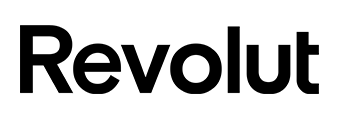
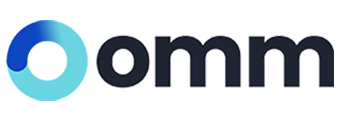
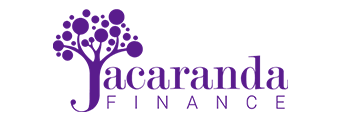


 Harrison Astbury
Harrison Astbury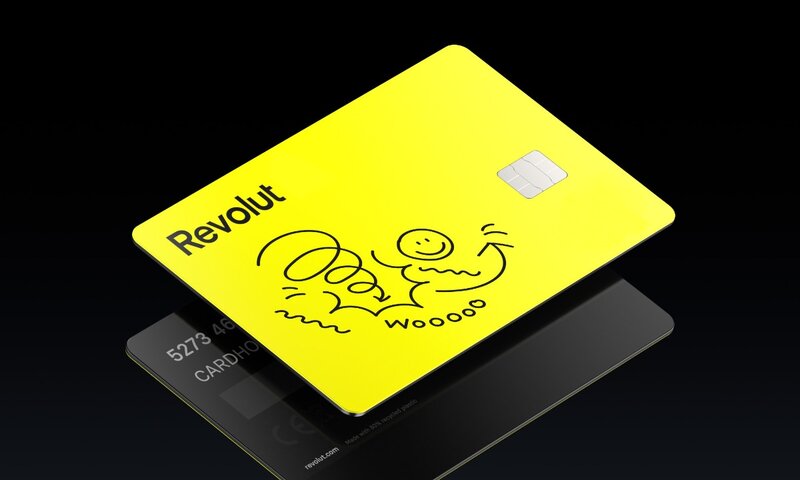
 Harry O'Sullivan
Harry O'Sullivan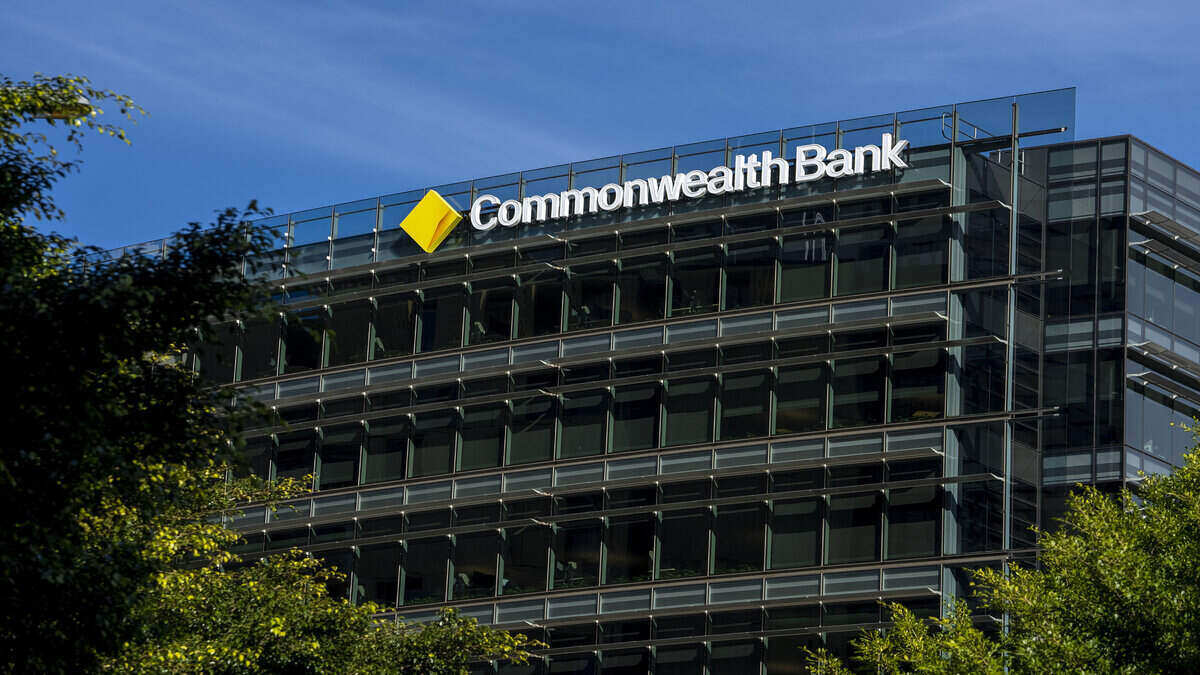

 Hanan Dervisevic
Hanan Dervisevic
 Emma Duffy
Emma Duffy

